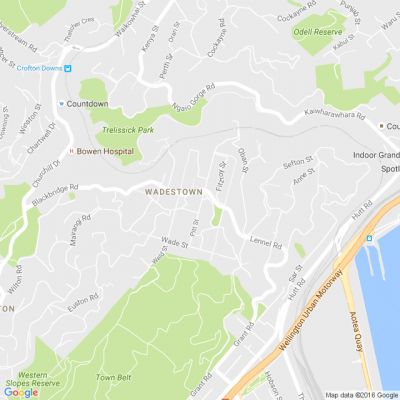
Know what’s happening
Access the private noticeboard for verified neighbours near you. Keep informed about any suspicious activity, send urgent updates to your neighbours when required and discuss emergency planning.
Get to know your neighbours
Browse the directory and start getting to know your neighbours. Don’t want to post to the whole neighbourhood? Send a private message.
Buy, sell and give away
Want to declutter your garage? Buy some used household items? Give away some garden stuff? Become a verified neighbour to browse and post items for sale. Trading is simple when everyone lives nearby.

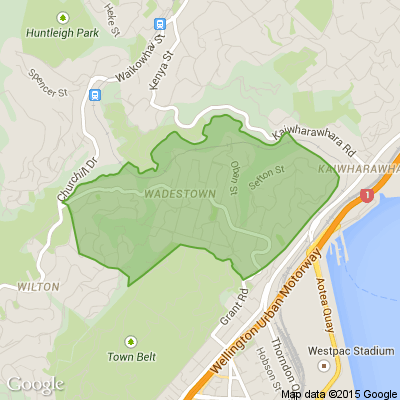
Nearby
Crofton Downs, Khandallah, Makara, Northland, Thorndon, Wilton, Makara Beach, Karori, Wellington Central, Kaiwharawhara, Ngaio
Thank you for using Neighbourly
You may receive an email confirmation for any offer you selected. The associated companies will contact you directly to activate your requests.
Robert Anderson from
- AN EDUCATIONAL YARN -
As well as focusing on the aesthetic and functional needs of interiors, it is important to understand that all fabrics have different qualities and constructions which can be affected by the environments they are installed in. In our next topic for our blog series – … View more- AN EDUCATIONAL YARN -
As well as focusing on the aesthetic and functional needs of interiors, it is important to understand that all fabrics have different qualities and constructions which can be affected by the environments they are installed in. In our next topic for our blog series – An Educational Yarn - we look at these common issues and how we can increase the lifespan of textiles in our interior applications.
- STABILITY & MOVEMENT -
Best choice: Polyester, acrylic, cotton and blends
Caution: Silk, linen, viscose in lightweight constructions.
Fabric stability is particularly critical for curtains and blinds and while a degree of tolerance is essential because all fibres expand and contract as a result of atmospheric changes, some fibres are more affected than others.
Generally fabrics alter in length when they absorb or release moisture. Fibres that release a lot of moisture will obviously ‘move’ more. Most natural fibres absorb moisture readily, which is why they are used for towels etc. Synthetic or man-made fibres have very poor absorption which can make them uncomfortable to wear, but in furnishings they ‘move’ less. However, other factors must also be taken into account such as location, for example the proximity to the sea.
As sea air is heavy with salt, being anhydrous (it absorbs water), when this adheres and settles amongst the fibres, this will naturally attract moisture and this will cause additional weight.
- DURABILITY / PILLING -
Though this applies mainly to upholstery fabrics, pilling and abrasion damage can also occur in drapery if there is constant rubbing against walls and frames. Different weaves greatly affect a fabric’s performance, such as the density of weave and the number of floating fibres, but if woven for a situation where strength and abrasion resistance are the prime consideration, then cotton, linen, polyester, nylon, acrylic and wool can make strong and durable upholstery fabrics. Nylon particularly, when even 10% is blended with cotton or linen, produces a far more abrasion resistant fabric.
While the above are guidelines, understanding the properties of fibres will help in discerning their suitability in certain situations.
Many fabrics contain combinations of yarns in order to achieve the best performance and effect.
Abrasion ratings are part of assessing upholstery fabrics, but understanding ratings of tensile seam slippage and pilling is also critical. Quality suppliers with reputable brands and standards will supply only ‘fit for purpose’ products.
- HUMIDITY -
Best choice: Polyester, acrylic
Caution: Cotton, wool, silk, viscose, linen
In humid conditions, bacteria, fungi (mildew) and sometimes moth larvae can create unsightly problems and in some cases totally destroy the fibres. Generally mildew thrives on natural and cellulose fibres e.g. cotton, silk, wool, linen and viscose.
While good air circulation in a room coupled with hanging curtains at least 10 cm from the glass helps, selecting fibres such as polyester and acrylic, which are mildew resistant, is a better option. However, even this may not completely eliminate the problem.
While mildew will not grow on these fibres, it will grow on dust or dirt which may become trapped between the fibres. Regular vacuuming and washing or dry cleaning will help prevent this but in extreme conditions, this is no guarantee. High levels of humidity are the largest contributor to drapery movement.
TIPS: In curtaining, unless the fabric is a sun filter or sheer, it should always be lined. An allowance must be given for a certain amount of movement as a result of atmospheric conditions.
Considering all the different fibre characteristics, the blending of different fibres into yarns and the combining of different yarns into fabrics can overcome many of the disadvantages of specific fibres.
- SUNLIGHT & UV DEGRADATION -
Best choice: Acrylic and polyesters blends
Caution: Silks, wools
While Southern Hemisphere conditions can be so severe that virtually no fabric producer worldwide will guarantee their products at the window, with modern technology, beautiful fabrics are being created which will perform well with long-term satisfaction, even in harsh conditions. Sunlight degradation is one of the prime considerations of curtaining and man-made fibres perform well in resisting damaging rays. The fibre most resilient to sunlight damage is acrylic, followed very closely by polyester. If fabrics made from these fibres do experience colour change, the problem will probably be with the dye or cleaning process, not the fibre.
Of the natural fibres, cotton and linen have quite good sun resistance and again, any colour change here is usually the result of dye or cleaning. However, it is recommended that for Australasian conditions, these fabrics should be protected with a quality lining.
Silk is admired for its beauty and luxury, however it is sensitive to UV damage and affected by even reflected light. The addition of coated linings coupled with bumf will help protect the fabric, although the exposed ‘leading edge’ of curtains will likely still deteriorate. Where possible, it will increase the life of silk curtains if they can be stacked beyond the window.
TIPS: If your client insists on using delicate fabrics make them fully aware of the ramifications of their choice by recording any ‘industry performance’ notations in your quotes. This can save a lot of issues later on.
Leading edges of curtains (those facing the windows) are particularly vulnerable to sunlight degradation. To help minimise this effect, it is recommended that curtains be rotated periodically where possible, i.e. the left-hand curtain swapped into the right-hand position, annually. A quality sun filter is also important where sunlight is directly reflecting on the fabric behind the glass.
Rotate furniture cushions frequently to ensure sun degradation occurs evenly.
Using a synthetic ‘band’ of a contrast fabric down the leading edge will help to protect the curtains and can also be a dramatic design feature.
It is important to have a realistic understanding that all fabrics, regardless of dyestuffs used, will eventually fade/deteriorate under direct sunlight over time. James Dunlop Textiles utilise the best standard dyestuffs, and whilst no warranty can be made as to colour fastness because of our extreme UV conditions, they should perform sufficiently under normal conditions provided proper care is taken.
- GENERAL TIPS -
Fabrics manufactured from natural fibres that are not dyed may suffer from after bleaching, causing lightening or a deepening in colour when exposed to natural light. As this is a natural phenomenon, allowance must be made for this unpreventable colour change reaction. Some yarns, such as silk, are even susceptible to indirect UV rays and every precaution should be taken to protect the fabric by the use of a bumf or interlining as well as conventional lining. Even then, colour degradation may still occur over time.
A superior quality lining is always recommended for drapery applications. Depending on the situation, there are many different linings available e.g. coated linings for added insulation and protection, and three pass blackout linings where light control is a priority such as in children’s bedrooms.
Curtains should be hung at least 10 cm from the glass to enable air to circulate. This helps prevent mildew and reduces heat build-up that will also adversely affect fabrics. Regular cleaning of windows is also very beneficial as this removes mildew spores, which can accumulate and transfer onto curtains.
Depending on fibre content, there will always be some movement in curtain length (the longer the curtain, the greater the variation) due to temperature change and the absorption and release of atmospheric moisture from the yarn of the fabric. This is normal for heavy yarns such as cotton.
To maintain and preserve the lifespan of your furnishings, regular cleaning and maintenance should be carried out. Call Curtain Clean for all your needs on 0800 579 0501.
Simone Borgstede from Wellington City Council
We’re proud to support the Sustainable Living Trust and their Future Living Skills programme, helping Wellingtonians live a greener, more sustainable lifestyle and cut down on household expenses.
Register online at their website to receive free PDF learning guides on a range of topics like saving… View moreWe’re proud to support the Sustainable Living Trust and their Future Living Skills programme, helping Wellingtonians live a greener, more sustainable lifestyle and cut down on household expenses.
Register online at their website to receive free PDF learning guides on a range of topics like saving energy, waste minimisation, water use, transport, food and resilience.
You can also become a Sustainable Living Education Facilitator, and share your passion for sustainable living with others.
There’s no need for previous teacher training – everything you need is provided in their handy learning guides.
For more information and to register, visit:
sustainableliving.org.nz...

Trupti Biradar Reporter from Stuff Travel
Who knew this fairytale treehouse was just 10 minutes from Whangārei?
Hot chicken and fresh salad 4 the easy dinner? Apples and a loaf of bread 4 the lunchbox panic? Bacon and eggs 4 breakfast in bed?
Whether it’s easy munches, school lunches or Sunday brunches, your Four Square has everything you need to keep life nice, easy and local.
Four Square. Just … View moreHot chicken and fresh salad 4 the easy dinner? Apples and a loaf of bread 4 the lunchbox panic? Bacon and eggs 4 breakfast in bed?
Whether it’s easy munches, school lunches or Sunday brunches, your Four Square has everything you need to keep life nice, easy and local.
Four Square. Just what you need, right nearby.
Find out more

Georgie from Wadestown
For sale. Good quality a year old. Small mark on the seat and the middle cushion has sunk a bit- just worn. Message me if you’re interested
Hey Vet Services Wairarapa and Merton Street Fish and Chips Shop! Your neighbours really LIKE you! Check out these awesome shoutouts from your Wellington community. Thanks for being such a special part of your community. Make a Local Like
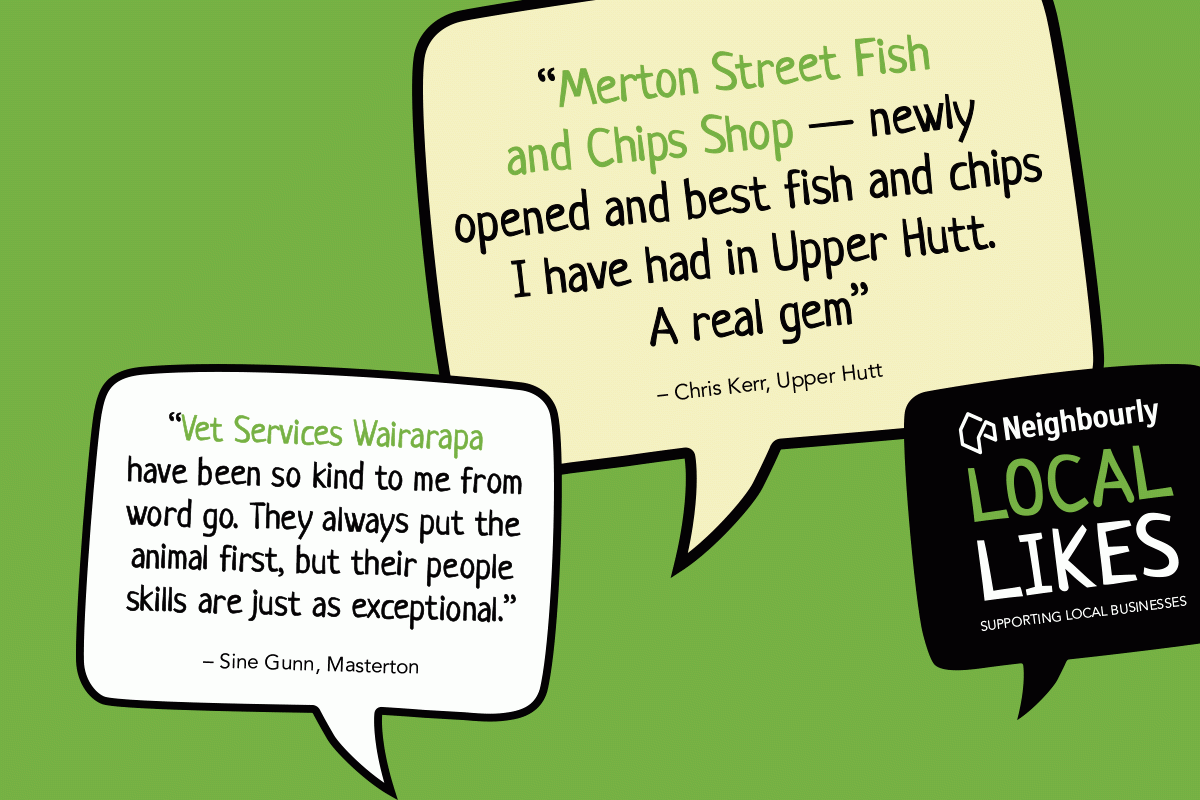
With so many of us spending more time at home due to the COVID-19 pandemic, many people’s energy bills are skyrocketing. But it doesn’t have to be that way.
Here are 5 simple, easy to implement ideas and tips for cutting down your domestic power bills to save yourself some cash.
Find out more

Business owners consistently show initiative, hard work and resilience - and more than ever over the past few weeks.
Prosper has launched a small business survey to gauge the scale of Covid-19's impact.
It'll only take a few minutes to complete - and will help us, help small … View moreBusiness owners consistently show initiative, hard work and resilience - and more than ever over the past few weeks.
Prosper has launched a small business survey to gauge the scale of Covid-19's impact.
It'll only take a few minutes to complete - and will help us, help small businesses like yours, in weeks and months to come.
Take the survey

Galit from Karori
OPEN STUDIO
SECONDS SALE PLUS 10% OFF ON SELECTED ITEMS
Sunday May 31st 10am to 4pm
22 Thurleigh grove Karori
www.galitmaxwell.com...
Instagram@galitmaxwell
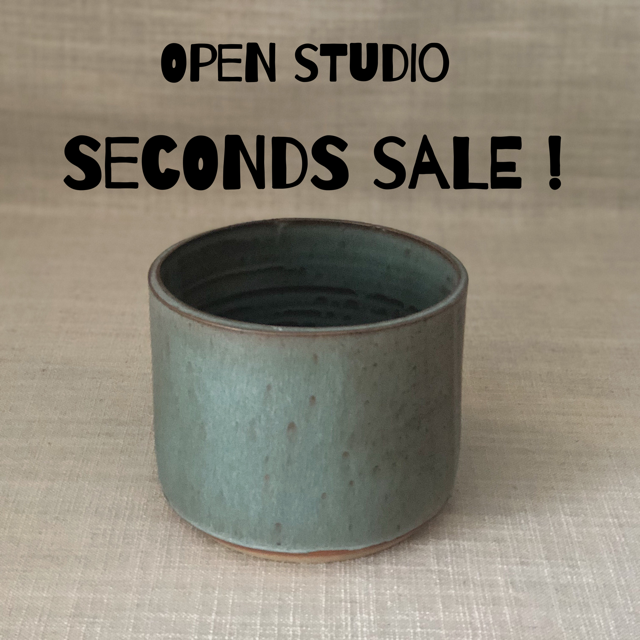
The Team from Wellington Water
In late January 2020, following the burst in the two wastewater sludge pipelines buried in a tunnel deep under Mt Albert, Wellington Water engaged engineering firm Stantec to identify repair options and manage the project.
Brian Perry Civil were then engaged as the lead contractor to undertake the… View moreIn late January 2020, following the burst in the two wastewater sludge pipelines buried in a tunnel deep under Mt Albert, Wellington Water engaged engineering firm Stantec to identify repair options and manage the project.
Brian Perry Civil were then engaged as the lead contractor to undertake the enabling works and to manage the other contractors working on site.
A long list of options was quickly whittled down to a shortlist of two options for relining the existing pipes.
From the shortlist SaniTube, from German Company, Amex Sanivar, was selected because it offered the best value for money, could be installed quickly and highly experienced New Zealand agent and installer Hadlee and Brunton was able to undertake the work.
Despite the additional challenge of the global pandemic both pipes were successfully relined by the end of May 2020, thanks to the multi-disciplinary team brought together to deliver this innovative repair.
Community Engagement Advisor from Greater Wellington Regional Council
Talofa lava
It’s Samoa Language Week, a chance for us to celebrate the rich culture, identity and language of our Samoan community. This year’s theme is ‘Tapena sou ōso mo lau malaga', which in English means ‘Prepare yourself a gift for your travels’, urging us to prepare for the … View moreTalofa lava
It’s Samoa Language Week, a chance for us to celebrate the rich culture, identity and language of our Samoan community. This year’s theme is ‘Tapena sou ōso mo lau malaga', which in English means ‘Prepare yourself a gift for your travels’, urging us to prepare for the road ahead.
I can’t think of a more fitting theme for our region at this time. Our diversity is a strength that will continue to guide us in our path to post-COVID recovery.
GW’s role in parks and environmental management is returning to pre-COVID capacity, with a few changes to keep our people and community safe.
One council function that continues to look quite different is public transport. This week, we released two videos describing how to travel safely on public transport and Metlink school buses. I encourage you to watch them, and share them with your own networks. If we all stick to the guidelines, we can keep Wellington moving smoothly and safely.
Manuia le vaiaso (have a good week) and kia kaha
Daran Ponter
Chair, Greater Wellington Regional Council
Travel on public transport and Metlink school buses under Alert Level 2
If you’ve been keeping an eye our Metlink Facebook page, you might have seen two new videos launched this week outlining how to keep safe on public transport and Metlink school services.
All Metlink passengers
If you’re using the bus, train or ferry during COVID-19 Alert Level 2, this video tells you what you need to know.
Please remember:
• Follow the physical distancing guidelines
• Enter buses through the front door
• Tag on and tag off with Snapper as normal
• If you can avoid traveling at peak times due to reduced capacity
• Keep a record of your travel at Alert Level 2
• Wash your hands before and after
• Don’t travel if you feel sick
Parents, caregivers and students
Now that we’ve moved to Alert Level 2, schools have reopened and Metlink’s School Bus Service is resuming. Things aren’t quite back to normal though, so if you or your child travel on a Metlink school bus, this video outlines what’s different.
Here’s a recap of what parents, caregivers and students should know:
• Children can sit next to each other as normal but standing isn’t permitted
• Because of this capacity will be reduced, so prepare a Plan B in case the bus is already full
• Make sure the students understand hygiene and physical distancing requirements to keep everyone safe
• Let them know they need to keep their distance from the driver
• There’s hand santiser to use on the buses
• Schools are prepared, too:
o Schools will have a register of students on each bus to help with contact tracing if it’s needed
o Schools understand physical distancing and hygiene requirements and can assist
You’ll find more information on the Metlink website or you can call 0800 801 700.
Thank you for being kind, considerate, and understanding as we work within the guidelines set out to keep everyone safe.
More details to come on Jumbotron at Wellington Railway Station
Keen commuters passing through the Wellington Railway Station may have noticed a new jumbotron (giant LED screen) in the centre of the station.
Currently, this screen is showing COVID-19 messaging, but look out for more info from us next week, when we officially launch the jumbotron along with a range of audio and visual improvements around the station which will better inform passengers about their journeys and safety.
Restrictions on park gatherings amended in-line with new guidelines
Last week, we announced that regional parks are reopening most of their amenities, including toilets, BBQs and camping facilities, with appropriate cleaning and physical distancing measures in place.
There are also no longer restrictions on recreational activities such as camping, motorised recreation, hunting, or horse riding.
As of Friday 29 May, gatherings within our parks can be expanded beyond 10 people. This is in-line with new Level 2 guidelines announced by the central government on Monday.
Please continue to keep Alert Level 2 principles in mind though:
• Everyone needs to be able to maintain a safe distance from people outside of their group - please be considerate and keep your gatherings to a sensible size, so there’s room for everyone
• You still need to keep a record of where you’ve been, and with whom, for contract tracing purposes
• Wash or sanitise your hands before and after touching gates, locks and other high-touch surfaces
• Stay home if you’re unwell
Our volunteer groups are also back in action this week! Thanks to our Park Rangers for helping transition these essential groups back into the parks.
Park Ranger offices are still officially closed, but if you see a Ranger or volunteer around, keep your conversations short and at a 2-metre distance. Remember that you can call 0800 496 734 for any park related inquiries.
University of Auckland’s COVID-19 stress and health study
The University of Auckland’s Faculty of Medical and Health Sciences is conducting a nation-wide COVID-19 Stress and Health study to explore how the pandemic is affecting the physical and mental wellbeing of New Zealanders. The study has been approved by the AHREC (ethics committee).
Professors Elizabeth Broadbent and Norina Gasteiger are recruiting participants over the age of 18 and living in NZ.
If you’d like to participate in the study, or find out more, visit: www.covidstressstudy.com...
The Team from Wellington Water
Good progress has been made to repair a wastewater pipe in Victoria Street in the Wellington CBD, after it burst last night.
The pipe is being excavated and the point of the burst has been found. It is a 300mm, cast iron pipe, that records show was installed in 1961. We are currently planning to… View moreGood progress has been made to repair a wastewater pipe in Victoria Street in the Wellington CBD, after it burst last night.
The pipe is being excavated and the point of the burst has been found. It is a 300mm, cast iron pipe, that records show was installed in 1961. We are currently planning to replace two six-metre sections of pipe with new, concrete-lined steel, which is a more resilient material. All going well we hope to complete the repair today, with full reinstatement completed tomorrow (Saturday).
Traffic is down to a single lane for a small part of Victoria Street near Harris Street and motorists are being asked to avoid the area if they can, or to expect minor delays.
Normal wastewater flows have been managed by the use of sucker trucks transferring wastewater from the nearby pumping station to a point further along the wastewater network, and by diverting flow into another wastewater pipe in Wakefield Street.
More visual inspections were carried out along the waterfront this morning, with no visible signs of a discharge. Water quality testing will continue, and warning signs remain in place until given the all clear by regional public health.
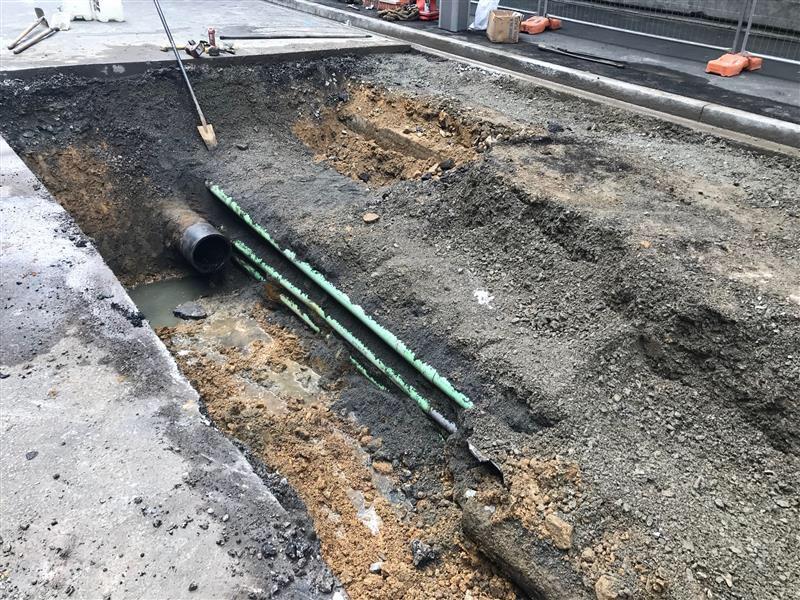
Neil from Thorndon
Good single bed, complete with electric blanket, three sets of sheets, valance, duvet and cover, plus pillow.
What more do you need!
Call Neil 027 499 1212
Free
The Team from Wellington Water
Work is under way to repair a wastewater pipe in Victoria Street in the Wellington CBD, after it burst last night.
Traffic is down to a single lane for a small part of Victoria St and motorists are being asked to avoid the area if they can, or to expect minor delays.
The burst caused a minor … View moreWork is under way to repair a wastewater pipe in Victoria Street in the Wellington CBD, after it burst last night.
Traffic is down to a single lane for a small part of Victoria St and motorists are being asked to avoid the area if they can, or to expect minor delays.
The burst caused a minor overflow. Signs warning of the risk have been placed on the waterfront and a visual inspection showed no sign of any discharge. Water quality testing will be undertaken from today.
The pipe will be excavated today to assess the extent of the burst, then repairs carried out. All going well work may be completed today, but it could take longer to complete reinstatement of the area.
We’ll provide a further update on repair progress around midday.
 Loading…
Loading…
Are you sure? Deleting this message permanently removes it from the Neighbourly website.
 Loading…
Loading…

 Enquiries over $880,000
Enquiries over $880,000


 Marketed by David Vaughan
Marketed by David Vaughan
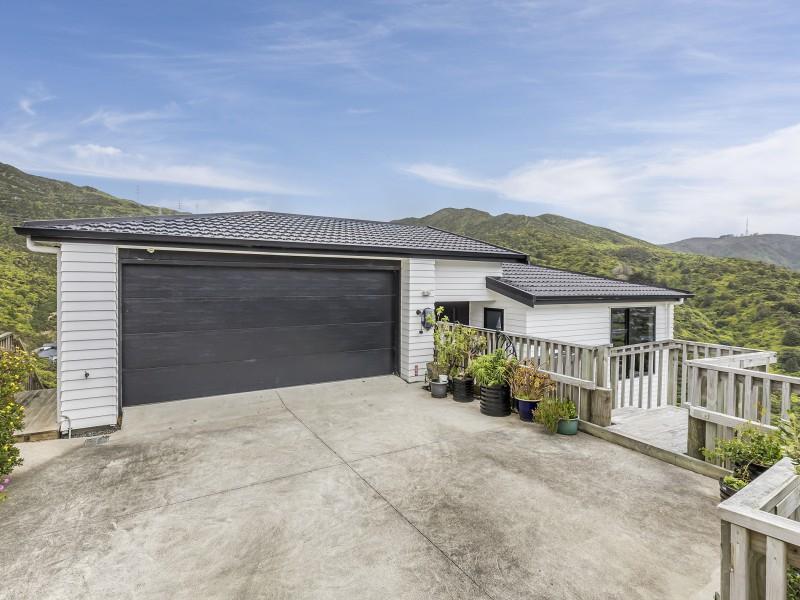
 BEO $1,225,000
BEO $1,225,000



 Marketed by Steve Rodwell
Marketed by Steve Rodwell
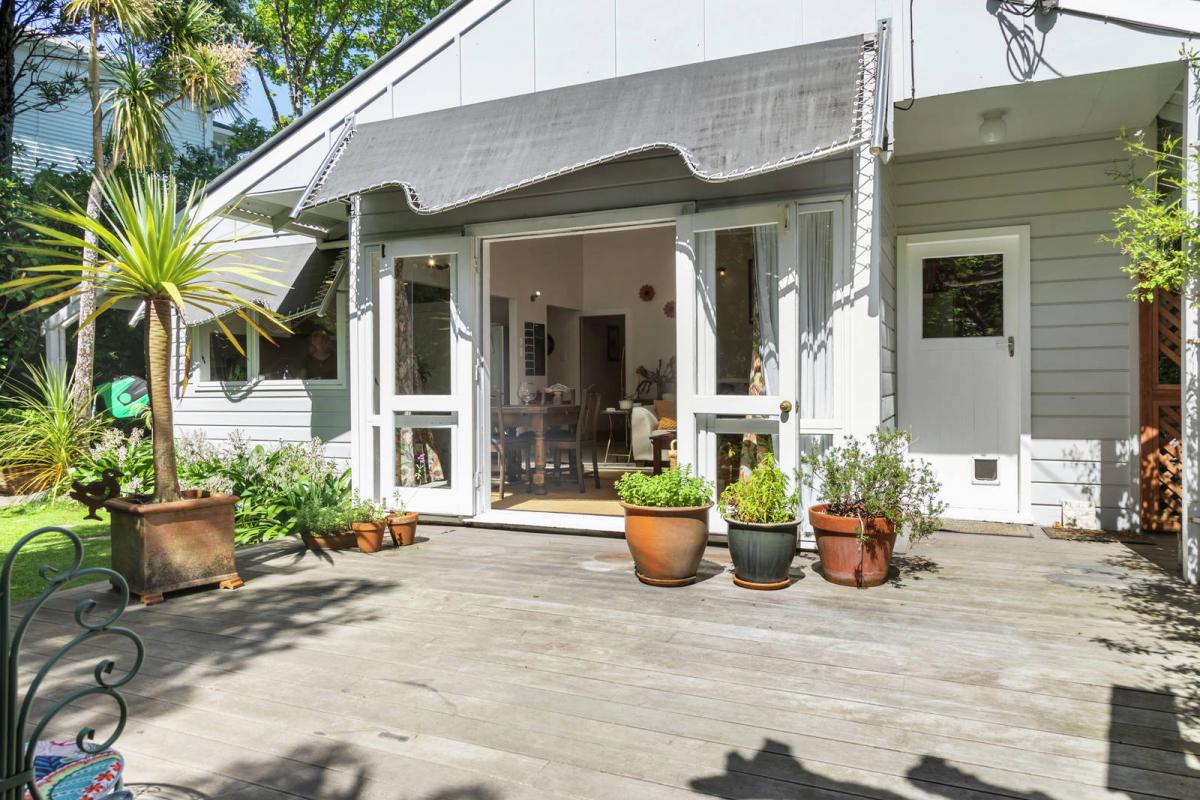
 Enquiries over $1,050,000
Enquiries over $1,050,000


 Marketed by David Vaughan
Marketed by David Vaughan
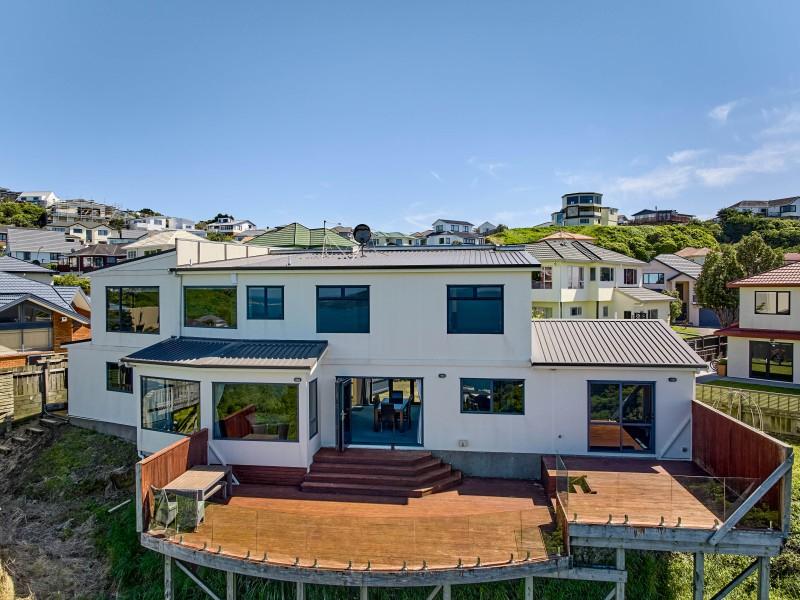
 Auction
Auction



 Marketed by Derek Tyler
Marketed by Derek Tyler

 BEO $2,795,000
BEO $2,795,000



 Marketed by Mat Baxter
Marketed by Mat Baxter
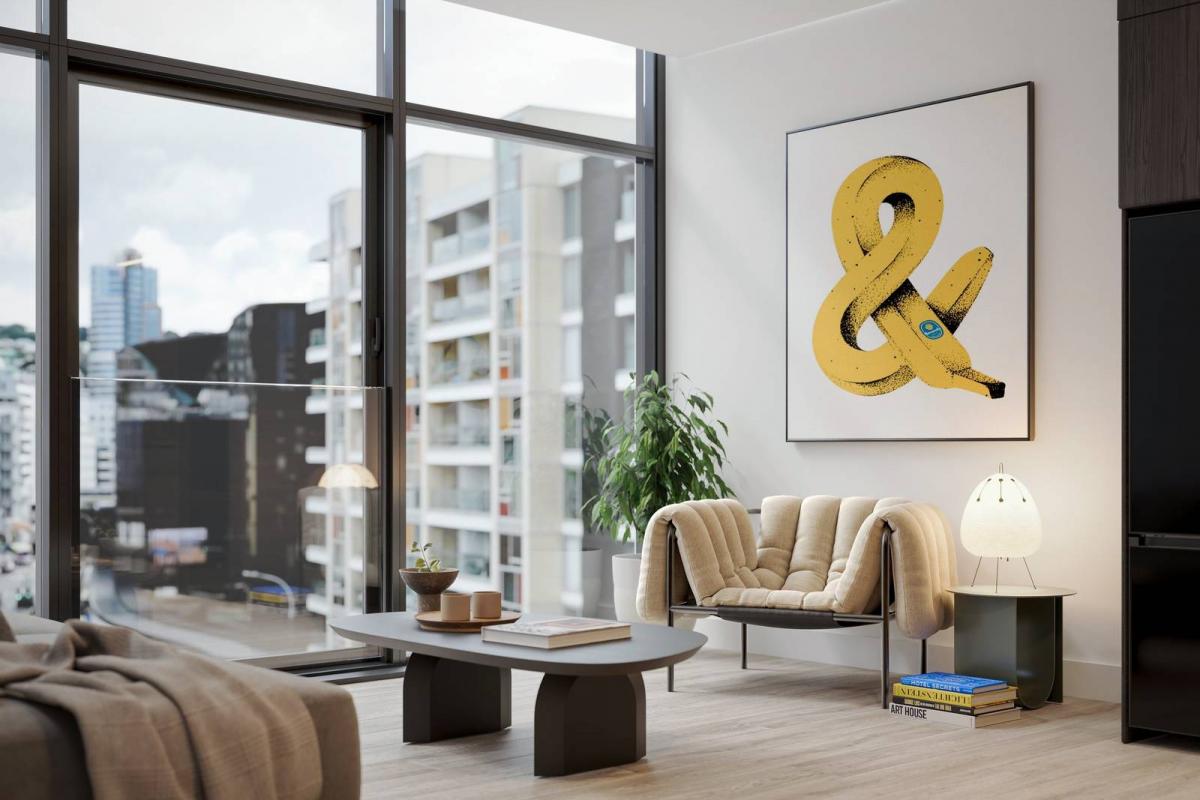
 Fixed Price $455,000
Fixed Price $455,000


 Marketed by Chris Robinson
Marketed by Chris Robinson

 Enquiries over $595,000
Enquiries over $595,000


 Marketed by Ben Ryan
Marketed by Ben Ryan
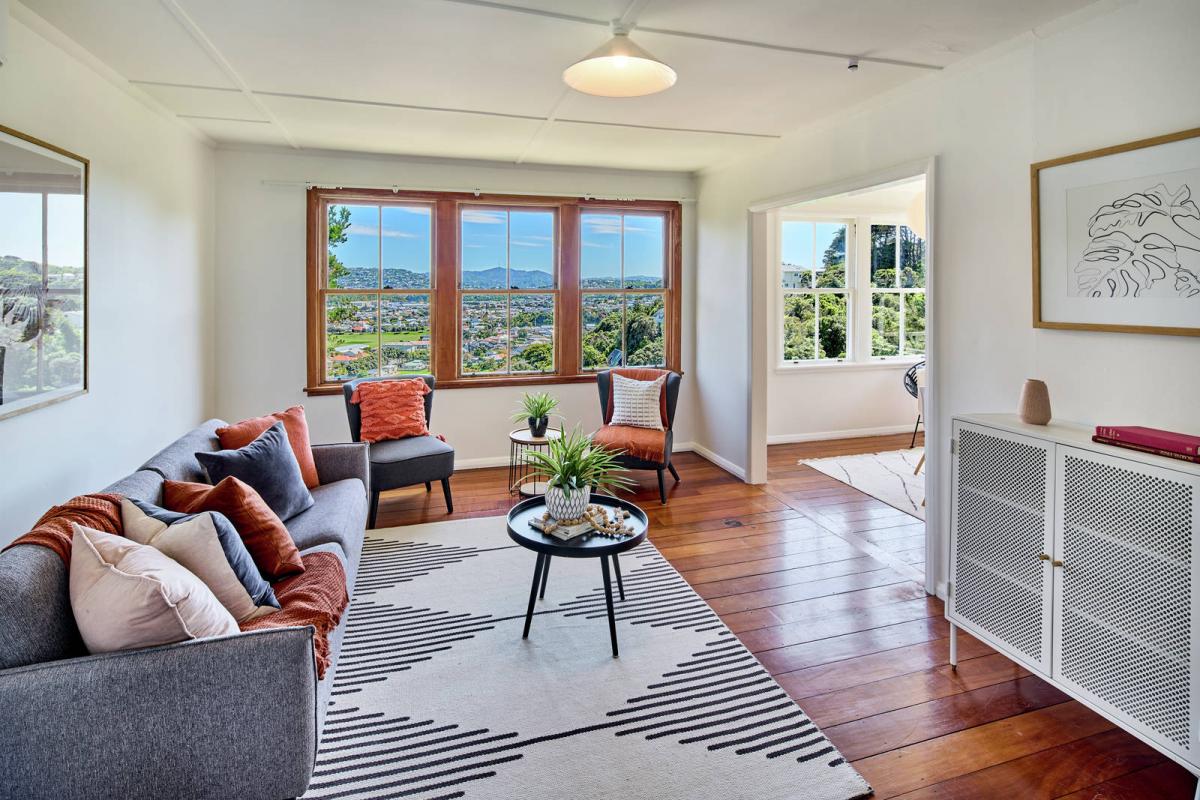
 Enquiries over $695,000
Enquiries over $695,000


 Marketed by Ramon Kane
Marketed by Ramon Kane
© Neighbourly 2024
